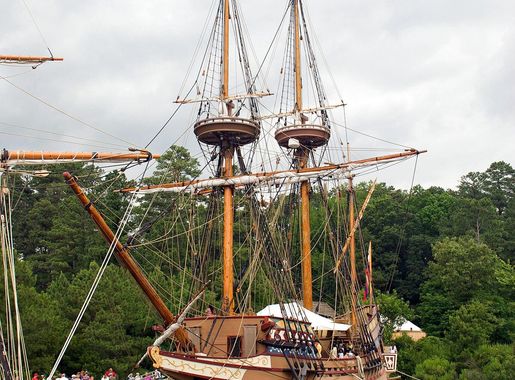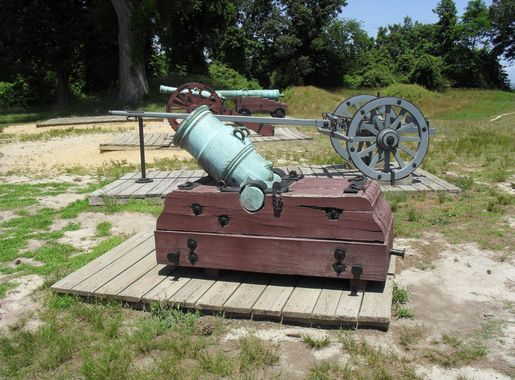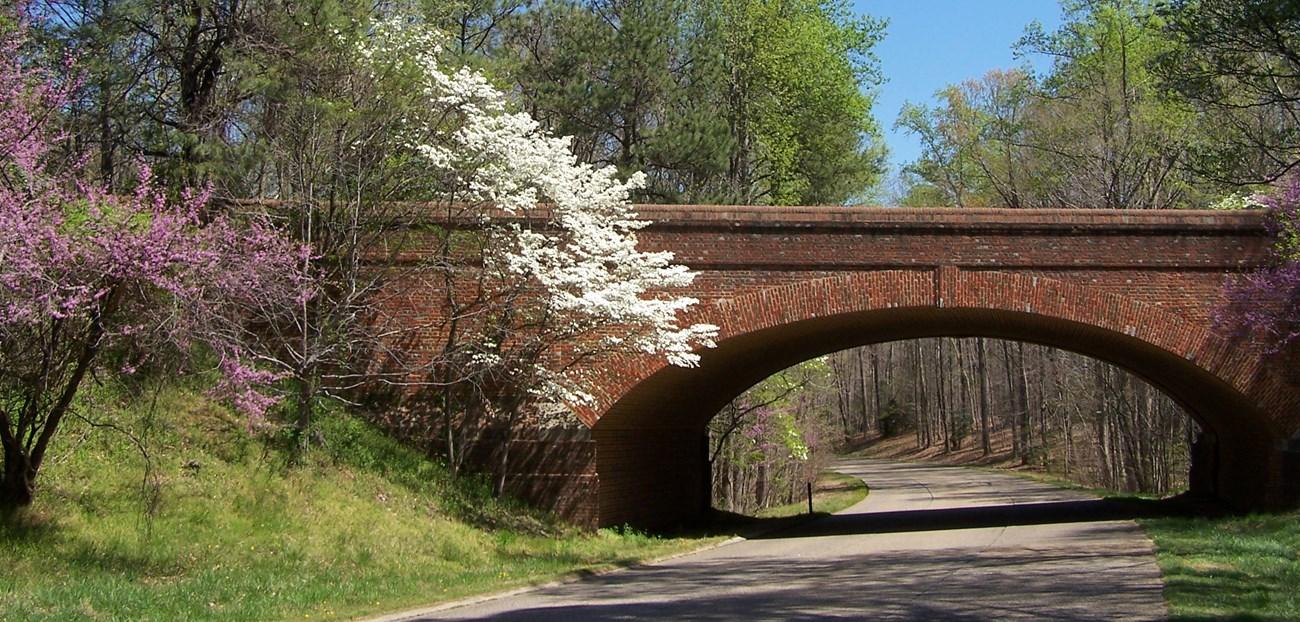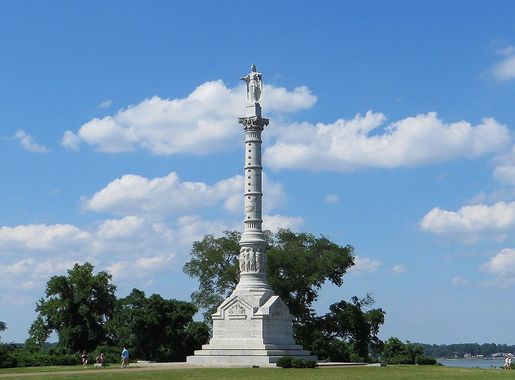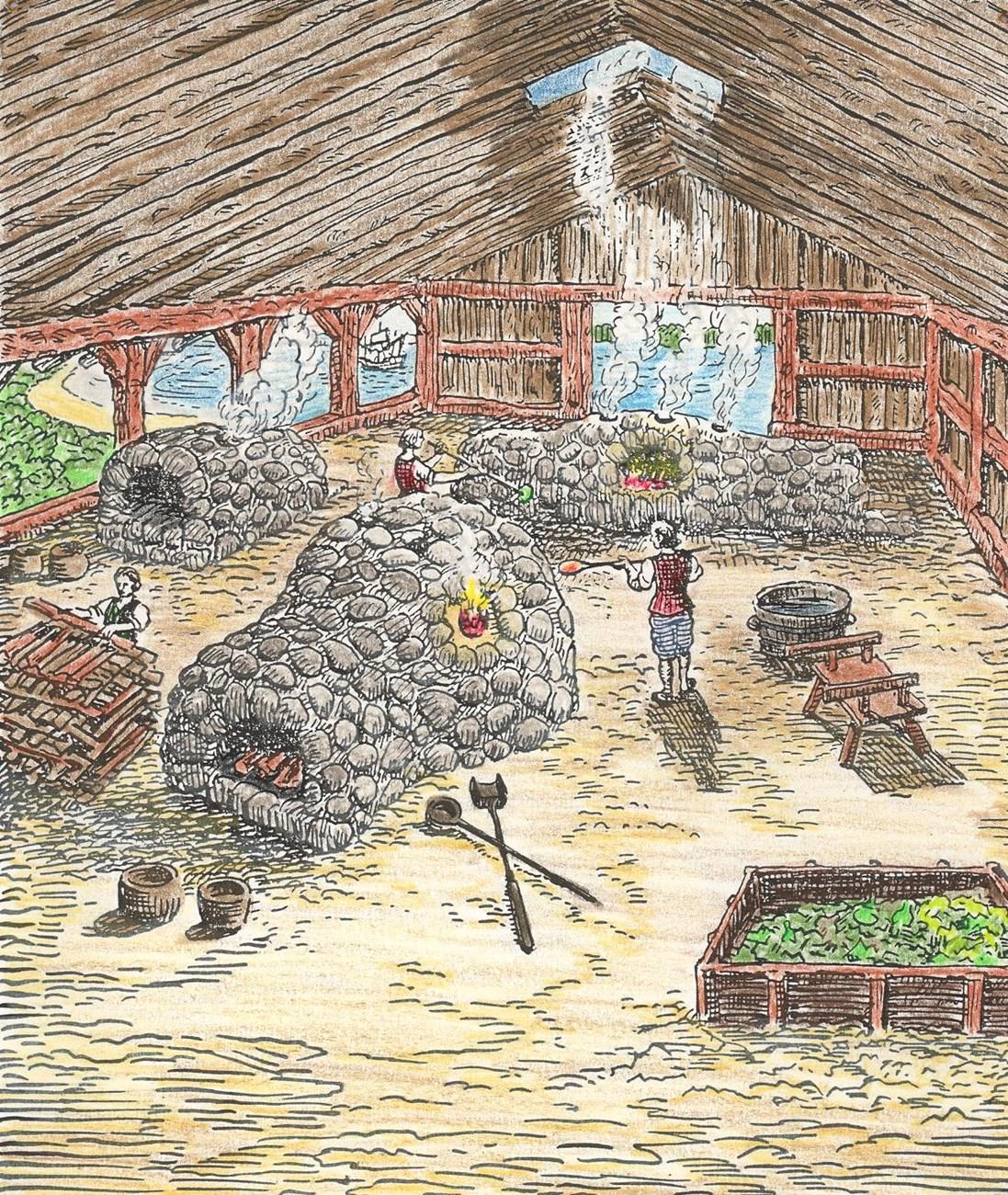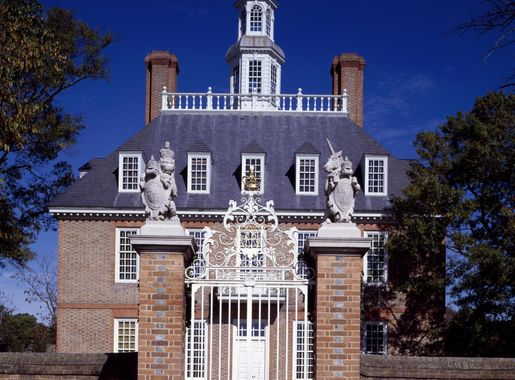
Colonial National Historical Park: A Journey Through America's Past
Explore America's roots at Colonial National Historical Park in Virginia, featuring Jamestown, Yorktown, and scenic Colonial Parkway.
Colonial National Historical Park in Virginia is a treasure trove of American history. This expansive park includes both Jamestown and Yorktown, two pivotal sites in the nation's early years. In Jamestown, you can walk in the footsteps of the first permanent English settlers in the New World. The historic site features replicas of the original fort, the ships that brought the settlers, and a Powhatan Indian village. The nearby Jamestown Settlement museum offers engaging exhibits and living history demonstrations. Yorktown is where the American Revolutionary War was effectively ended with the British surrender in 1781. The Yorktown Battlefield and Visitor Center provide insights into this decisive battle. You can explore well-preserved earthworks, cannons, and even the Moore House, where the terms of surrender were negotiated. The American Revolution Museum at Yorktown offers an immersive experience with its galleries and outdoor living-history areas. Colonial Parkway, a scenic drive connecting these historic sites, allows you to enjoy the natural beauty of Virginia's coast. Along the way, you'll find scenic overlooks, picnic areas, and trails. The park is not just for history buffs; it's also a great spot for families, nature lovers, and anyone interested in America's heritage.
Local tips in Colonial National Historical Park
- Wear comfortable walking shoes as the park covers expansive areas.
- Visit in spring or fall for milder weather and fewer crowds.
- Bring a picnic to enjoy along Colonial Parkway.
- Check the park's event calendar for living history demonstrations.
- Allocate a full day to explore both Jamestown and Yorktown.
Colonial National Historical Park: A Journey Through America's Past
Colonial National Historical Park in Virginia is a treasure trove of American history. This expansive park includes both Jamestown and Yorktown, two pivotal sites in the nation's early years. In Jamestown, you can walk in the footsteps of the first permanent English settlers in the New World. The historic site features replicas of the original fort, the ships that brought the settlers, and a Powhatan Indian village. The nearby Jamestown Settlement museum offers engaging exhibits and living history demonstrations. Yorktown is where the American Revolutionary War was effectively ended with the British surrender in 1781. The Yorktown Battlefield and Visitor Center provide insights into this decisive battle. You can explore well-preserved earthworks, cannons, and even the Moore House, where the terms of surrender were negotiated. The American Revolution Museum at Yorktown offers an immersive experience with its galleries and outdoor living-history areas. Colonial Parkway, a scenic drive connecting these historic sites, allows you to enjoy the natural beauty of Virginia's coast. Along the way, you'll find scenic overlooks, picnic areas, and trails. The park is not just for history buffs; it's also a great spot for families, nature lovers, and anyone interested in America's heritage.
When is the best time to go to Colonial National Historical Park?
Iconic landmarks you can’t miss
Yorktown Battlefield
Discover the pivotal site of the American Revolutionary War at Yorktown Battlefield, where history comes alive in a stunning natural setting.
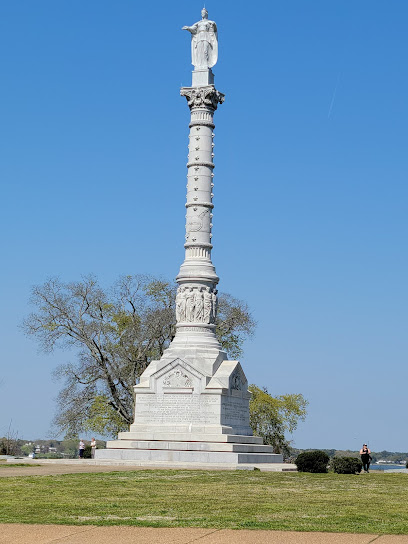
Historic Jamestowne
Explore America's beginnings at Historic Jamestowne, where history comes alive through archaeology and storytelling.
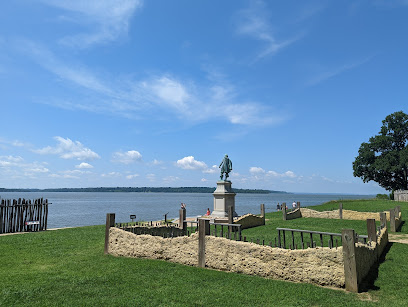
George Washington Birthplace National Monument
Visit George Washington Birthplace National Monument to explore the early life of America's first President amidst stunning natural beauty.
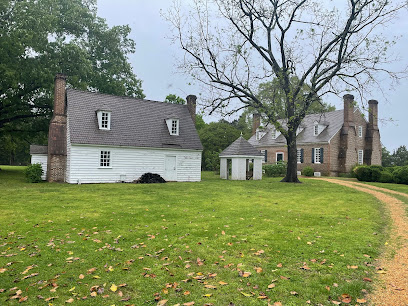
Nelson House
Discover the fascinating history of the Nelson House in Yorktown, Virginia, and witness the rich heritage of America's Revolutionary War.
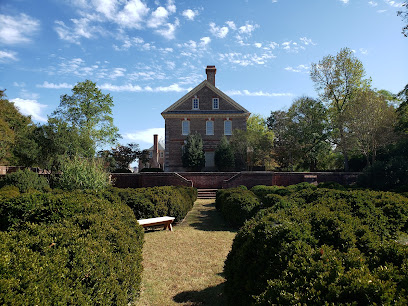
Jamestown National Historic Site
Discover the roots of America at Jamestown National Historic Site, where history comes alive through exhibits, tours, and stunning landscapes.
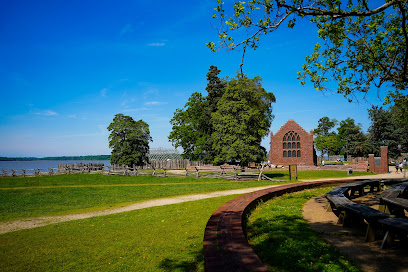
Green Springs National Historic Landmark District
Explore the historic charm and natural beauty of Green Springs National Historic Landmark District, a hidden gem in Virginia's rich heritage.
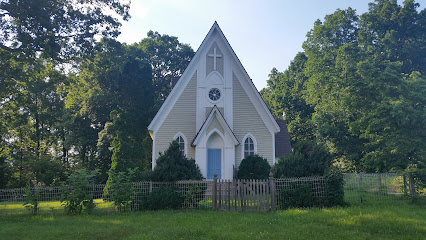
Colonial National Historical Parkway
Explore the Colonial National Historical Parkway, a scenic route through Virginia’s rich colonial history, connecting Jamestown, Williamsburg, and Yorktown.
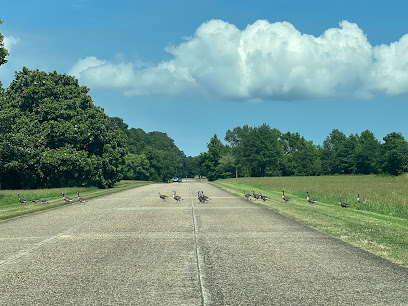
Tercentennial Monument
Discover the Tercentennial Monument in Williamsburg, Virginia, honoring the 300th anniversary of America's first permanent English settlement amidst beautiful historical landscapes.
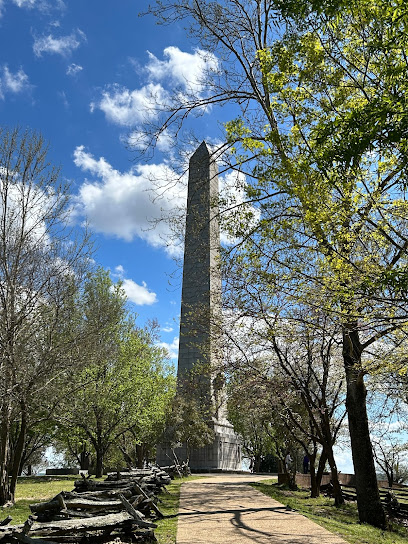
Unmissable attractions to see
Yorktown Battlefield
Explore Yorktown Battlefield, a historic site where the American Revolution reached its climax, offering rich history in a beautiful park setting.
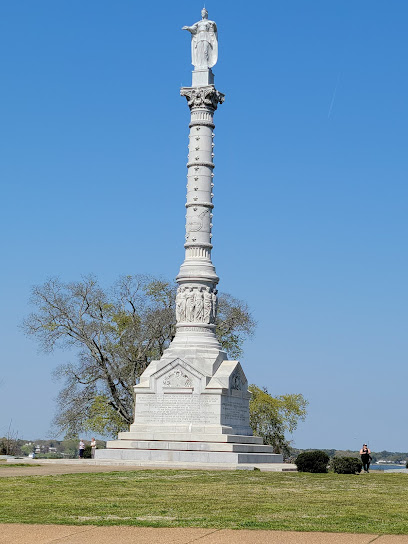
Historic Jamestowne
Explore the monumental history of America's first settlement at Historic Jamestowne, a captivating archaeological museum in Virginia.
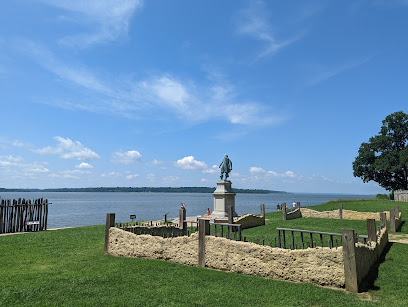
Jamestown Glasshouse
Explore the Jamestown Glasshouse, where colonial glassmaking comes to life through live demonstrations and exquisite handcrafted souvenirs.
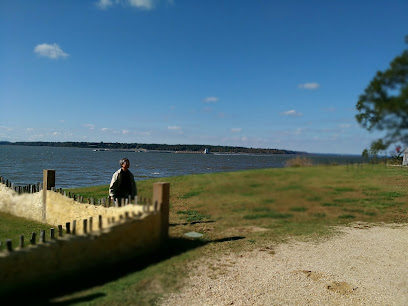
Yorktown Battlefield Visitor Center
Visit the Yorktown Battlefield Visitor Center to delve into the rich history of the American Revolutionary War and explore the site of a defining battle.
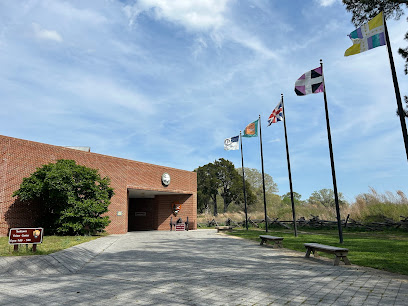
Brickhouse Tavern Williamsburg
Experience the lively atmosphere at Brickhouse Tavern Williamsburg, where sports, dancing, and delicious food combine for an unforgettable night out.
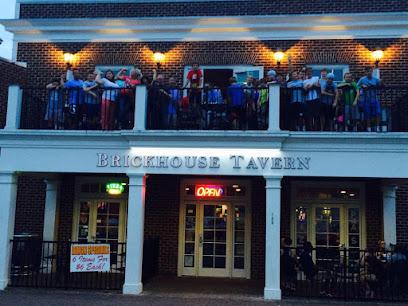
George Washington Birthplace National Monument
Experience the legacy of George Washington at his birthplace, a serene monument steeped in history and natural beauty.

Jamestowne Visitors Center
Explore the birthplace of America at Jamestowne Visitors Center - where history comes alive through engaging exhibits and immersive experiences.
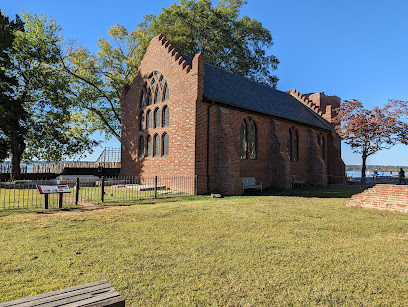
Surrender Field Revolutionary War
Discover the historic Surrender Field in Yorktown, VA, a site of monumental significance in the American Revolutionary War.
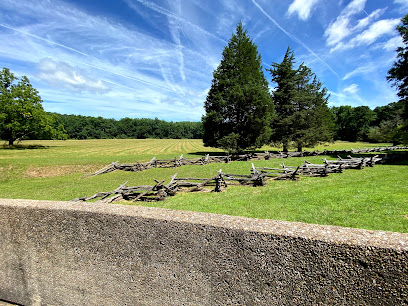
James Fort Replica
Experience the early days of American history at the James Fort Replica, a captivating museum in Williamsburg, Virginia, showcasing colonial life.

George Wythe House
Discover the rich history and colonial architecture of the George Wythe House in Williamsburg, a must-visit historical landmark and museum.
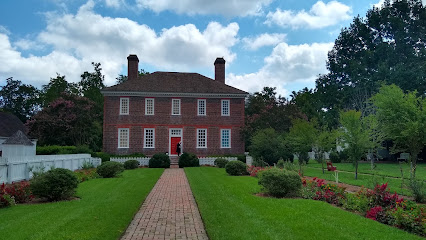
Nelson House
Explore the rich history and stunning architecture of Nelson House in Yorktown, Virginia, a must-visit historical landmark for every traveler.
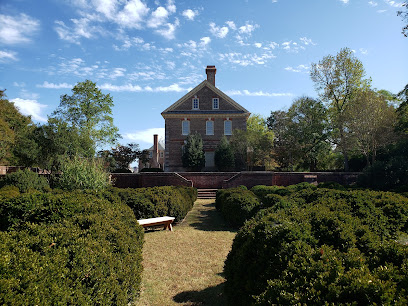
Yorktown Beach
Experience the beauty and history of Yorktown Beach, a charming destination where relaxation meets America's past along the scenic York River.
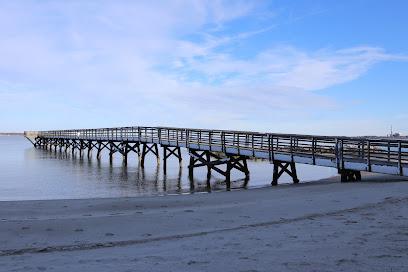
James Monroe Birthplace Park & Museum
Discover the legacy of James Monroe at this historic landmark and enjoy scenic trails, educational exhibits, and a taste of early American history.
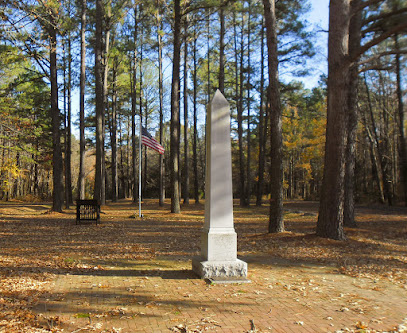
Jamestown National Historic Site
Discover the birthplace of America at Jamestown National Historic Site, where history, exploration, and stunning river views await.

Colonial National Historical Parkway
Discover the beauty and history of the Colonial National Historical Parkway, a scenic drive connecting key Revolutionary War sites in Virginia.

Markets, malls and hidden boutiques
Historic Jamestowne
Discover the roots of American history at Historic Jamestowne, the site of the first permanent English settlement in the New World, nestled in Virginia.
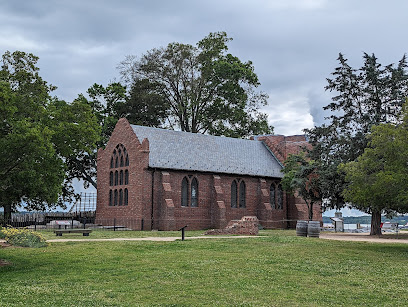
Colonial National Historical Park
Explore the pivotal sites of the American Revolution at Colonial National Historical Park in Virginia, where history and nature intertwine beautifully.
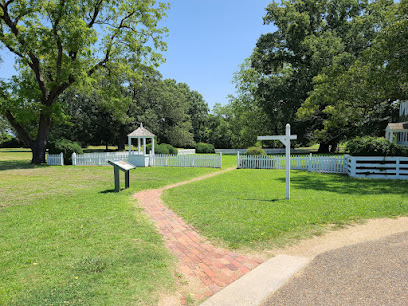
Visitor Center Gift Shop
Explore the Visitor Center Gift Shop in Jamestown, where history, culture, and unique treasures await every traveler.
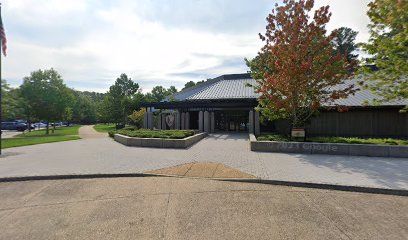
Essential bars & hidden hideouts
Yorktown Battlefield
Discover the historical significance of Yorktown Battlefield, where the American Revolution reached its climax, offering a blend of education and scenic beauty.
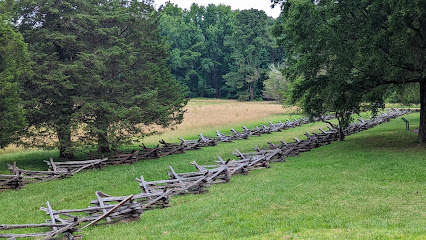
Colonial National Historical Parkway
Explore the Colonial National Historical Parkway, a stunning journey through America's early history and breathtaking Virginia landscapes.
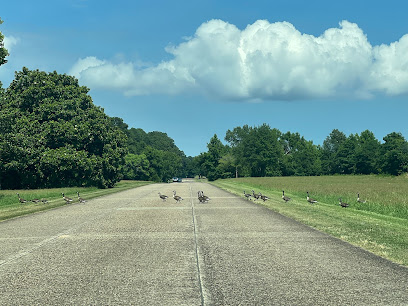
Swan Tavern
Discover the rich history of the Swan Tavern in Yorktown, Virginia, a must-see landmark that reflects the spirit of America's fight for independence.

Local Phrases about Colonial National Historical Park
-
- HelloHowdy
[haw-dee] - GoodbyeFarewell
[fair-well] - YesAye
[eye] - NoNay
[nay] - Please/You're welcomePlease
[pleez] - Thank youThank ye
[thank yee] - Excuse me/SorryPardon me
[par-dun mee] - How are you?Howdy
[haw-dee] - Fine. And you?Fine. And you?
[fine. and you?] - Do you speak English?Do ye speak English?
[doo yee speak ing-glish?] - I don't understandI don't savvy
[eye don't sav-vee]
- HelloHowdy
-
- I'd like to see the menu, pleaseI'd like to see the bill o' fare, please
[eye'd like to see the bill o' fare, pleez] - I don't eat meatI don't eat flesh
[eye don't eat flesh] - Cheers!Cheers!
[cheers!] - I would like to pay, pleaseI would like to settle up, please
[eye would like to settle up, pleez]
- I'd like to see the menu, pleaseI'd like to see the bill o' fare, please
-
- Help!Help!
[help!] - Go away!Begone!
[be-gone!] - Call the Police!Send for the Constables!
[send for the con-sta-bulls!] - Call a doctor!Send for the Physician!
[send for the fih-si-shun!] - I'm lostI'm astray
[eye'm uh-stray] - I'm illI'm ailing
[eye'm ay-ling]
- Help!Help!
-
- I'd like to buy...I'd like to purchase...
[eye'd like to pur-chase...] - I'm just lookingI'm just browsing
[eye'm just brow-zing] - How much is it?How much be it?
[how much bee it?] - That's too expensiveThat be too dear
[that bee too deer] - Can you lower the price?Can ye drop the price?
[can yee drop the price?]
- I'd like to buy...I'd like to purchase...
-
- What time is it?What hour be it?
[what our bee it?] - It's one o'clockIt be one o'clock
[it bee one o'clock] - Half past (10)Half past ten
[half past ten] - MorningMorn
[morn] - AfternoonAfternoon
[after-noon] - EveningEvening
[eve-ning] - YesterdayYestermorn
[yes-ter-morn] - TodayToday
[to-day] - TomorrowMorrow
[morr-ow] - 1One
[wun] - 2Two
[too] - 3Three
[three] - 4Four
[four] - 5Five
[five] - 6Six
[six] - 7Seven
[seven] - 8Eight
[eight] - 9Nine
[nine] - 10Ten
[ten]
- What time is it?What hour be it?
-
- Where's a/the...?Where be a/the...?
[where bee uh/the...?] - What's the address?What be the direction?
[what bee the di-rek-shun?] - Can you show me (on the map)?Can ye show me (on the map)?
[can yee show mee (on the map)?] - When's the next (bus)?When be the next (bus)?
[when bee the next (bus)?] - A ticket (to ....)A pass (to ....)
[uh pass (to ....)]
- Where's a/the...?Where be a/the...?
History of Colonial National Historical Park
-
In 1607, Jamestown became the first permanent English settlement in North America. Established by the Virginia Company of London, the settlement marked the beginning of British colonialism in the New World. Visitors to the park can explore the original fort site and learn about the challenges the settlers faced, including harsh conditions, conflicts with indigenous peoples, and the struggle for survival.
-
The story of Pocahontas, a Powhatan Indian, and John Smith, an English settler, is one of the most famous narratives from early American history. Their interactions, although romanticized over the years, highlight the complex relationships between the Native Americans and English colonists. The park offers insights into their real-life encounters and the role Pocahontas played in fostering peace and understanding between the two groups.
-
During the winter of 1609-1610, the Jamestown settlers faced a period known as 'The Starving Time.' A combination of severe drought, hostile relations with the Powhatan, and a lack of supplies led to extreme hunger and death. Archaeological evidence uncovered at the site, including skeletal remains, provides a haunting glimpse into this tragic period.
-
In 1619, the first Africans arrived in Virginia, marking the beginning of a long and painful history of slavery in the United States. These individuals were initially brought to Jamestown against their will and were likely treated as indentured servants before the institution of slavery became formalized. This event is a significant part of the park's narrative, offering a sobering reflection on America's past.
-
Founded in 1619, the House of Burgesses was the first legislative assembly in the American colonies. Meeting in the church at Jamestown, this body laid the foundations for representative government in the New World. Visitors can learn about the early laws and decisions made by the Burgesses, which influenced the development of democratic governance in America.
-
One of the pivotal moments in American Revolutionary history occurred at Yorktown in 1781. General George Washington, with the aid of French forces, besieged the British army led by General Cornwallis. The successful siege led to Cornwallis's surrender, effectively ending the Revolutionary War. The park's Yorktown Battlefield offers a detailed look at the strategies and events that led to American independence.
-
Although not within the park itself, Colonial Williamsburg is an integral part of the region's history and culture. Restored to its 18th-century appearance, this living-history museum allows visitors to step back in time and experience life in colonial America. The park's proximity to Williamsburg enhances the overall historical experience, providing context and continuity to the stories told at Jamestown and Yorktown.
-
Connecting Jamestown, Williamsburg, and Yorktown, the Colonial Parkway is a scenic drive that offers a journey through history. This 23-mile road was constructed during the 1930s and 1940s to facilitate access between the Historic Triangle's key sites. The parkway itself is a marvel of engineering and a testament to the efforts to preserve and interpret America's colonial heritage.
Colonial National Historical Park Essentials
-
Colonial National Historical Park is located in southeastern Virginia. The nearest major airport is Newport News/Williamsburg International Airport (PHF), about 15 miles away. Alternatively, you can fly into Richmond International Airport (RIC), which is approximately 50 miles from the park. From these airports, you can rent a car or take a shuttle service to reach the park. If you're driving, the park is accessible via Interstate 64, with clear signage leading to the various entrances.
-
Once at Colonial National Historical Park, you have several transportation options. The Historic Triangle Shuttle provides free transportation between the main sites, including Historic Jamestowne, Yorktown Battlefield, and Colonial Williamsburg. If you prefer more flexibility, consider renting a car. Biking is also a popular option, with several scenic trails connecting different parts of the park. Walking is feasible for exploring specific areas, but distances between major sites can be substantial.
-
The official currency of the United States is the US Dollar (USD). Credit and debit cards are widely accepted within the park, including at entrances, gift shops, and restaurants. ATMs are available at visitor centers and some larger facilities. It's a good idea to carry some cash for smaller purchases, particularly at local vendors and markets.
-
Colonial National Historical Park is generally safe for tourists. However, it's advisable to take standard precautions. Avoid walking alone at night in poorly lit or isolated areas. Keep an eye on your belongings, especially in crowded places. While there are no specific high-crime areas targeting tourists within the park, the surrounding cities can have varying crime rates, so stay vigilant and informed.
-
In case of emergency, dial 911 for immediate assistance. The park has several visitor centers where you can find help and information. Medical facilities are available in nearby towns such as Williamsburg and Newport News. It's recommended to have travel insurance that covers medical emergencies. For minor health issues, there are pharmacies in the surrounding areas where you can purchase over-the-counter medications.
-
Fashion: Do dress comfortably and wear appropriate footwear for walking. Layered clothing is advisable due to changing weather conditions. Avoid overly casual or revealing clothing. Religion: Do respect the historical and cultural significance of the sites. Avoid loud conversations or disruptive behavior. Public Transport: Do use the free shuttle services for convenience. Don’t litter; use designated trash bins. Greetings: Do greet park rangers and staff politely. A simple 'hello' or 'good morning' is appreciated. Eating & Drinking: Do try local foods and beverages available in the park. Don’t bring outside food into certain areas without checking park regulations.
-
To experience Colonial National Historical Park like a local, arrive early to avoid crowds and have a more immersive experience. Take a guided tour to learn in-depth historical facts and stories. Visit lesser-known sites such as the Jamestown Glasshouse to see live demonstrations of colonial-era glassblowing. Check the park's event calendar for special reenactments, lectures, and seasonal activities that offer unique insights into colonial life.
Nearby Cities to Colonial National Historical Park
-
Things To Do in Newport News
-
Things To Do in Norfolk
-
Things To Do in Suffolk
-
Things To Do in Chesapeake
-
Things To Do in Petersburg
-
Things To Do in Virginia Beach
-
Things To Do in Richmond
-
Things To Do in Salisbury
-
Things To Do in Waldorf
-
Things To Do in Ocean City
-
Things To Do in Charlottesville
-
Things To Do in Annapolis
-
Things To Do in Silver Spring
-
Things To Do in Bethesda
-
Things To Do in Bethany Beach


